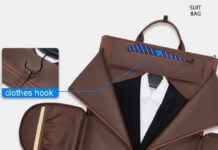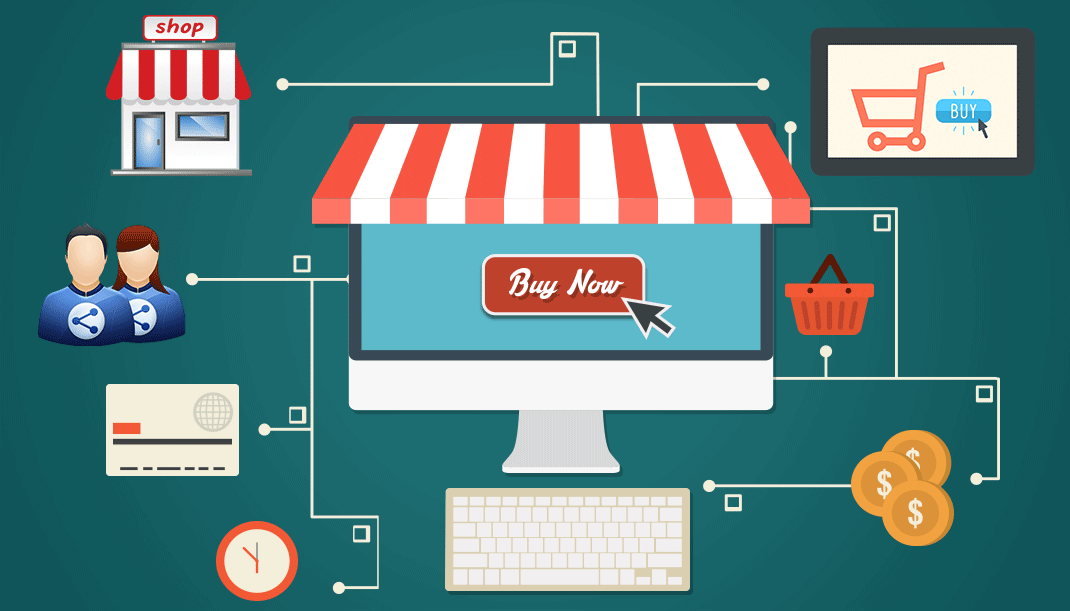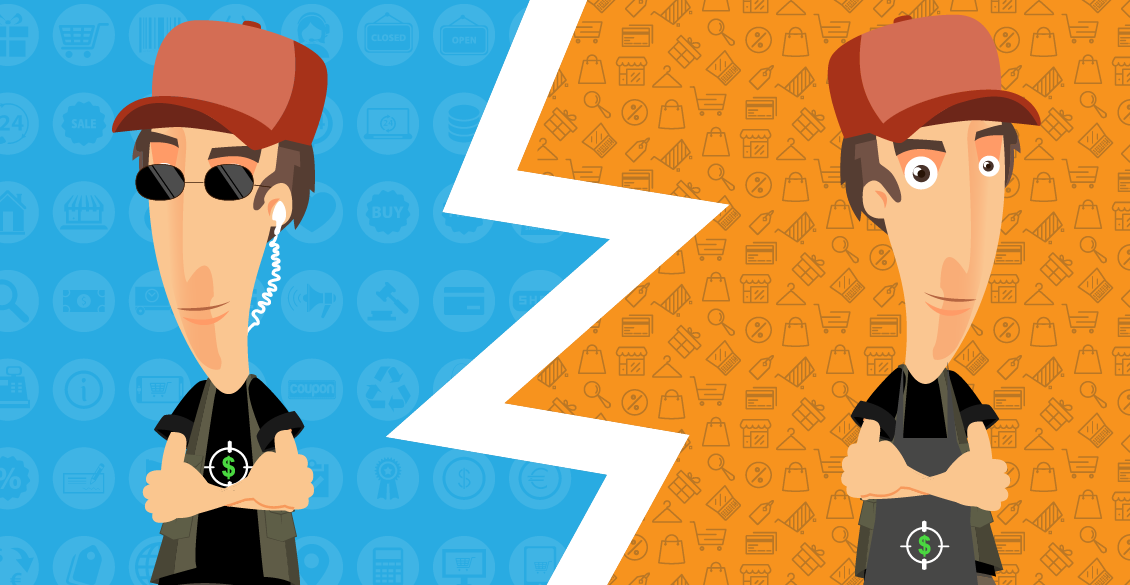We believe that you must have clear product selection processes in place in order to get the best results. People often pick ideas on a whim, with little consideration, and end up wasting a lot of time and effort for no results. You can brainstorm hundreds of products ideas, but the tricky part is knowing which products will sell.
When picking a product to drop ship, you want to consider these elements:
1. Products with good markup opportunities
What do I mean by this? In other words, you should sell a product that you can source cheaply enough, but also has a good enough perceived value that you can add $$$ to it, and profit more. (For example, you can easily source a product for $2 on Aliexpress, and sell it for $15 or $20)
2. Products with a passionate following
Make sure that the products you source have a passionate enough following. The more emotions you can evoke with products, the more likely you are to sell well. (For this reason, it is good to sell products that appeal to a niche/ passionate audience)
3. Products with a big enough audience
Ensure that the products have a big enough audience to take advantage of. Firstly, you’ve got to be able to pick out the audiences that will be interested in the product. If you can’t do that, good luck marketing the product. Secondly the bigger the audience is, the greater your ability to scale your advertising and sell more of the product long term.
4. Think Viral
If you find a product that has the ability to go viral, it will decrease your ad cost in the long run. Viral products get a lot of engagement, and high amounts of engagement, cause the organic reach of your advertising to go up and drive your ad costs down.
Take a look at our latest webinar about How To Choose The Right Product before getting started. This will help you be prepared and choose the right products going forward.
Niche Filter
With the rise of dropshipping and the relative ease that an eCommerce store can be created, niche shops have become the trend.
It quickly turned from an eCommerce novelty to a proven, successful strategy.
Don’t fight the big stores.
Avoid too broad and general categories.
The masses are already exposed to thousands of offers daily.
Look to supply niche products that are underserved by larger players. For example, there is no specific interest group for a normal belt, but you can easily tell that cycling gear will resonate well with cycling enthusiasts. Find your niche.
Stay Away Categories Filter
It may overlap with Niche Filter, but it’s essential to narrow down your product selection by excluding the ‘stay away’ categories.
Some product categories have grown significantly over the last decade and there are already many strong players and smaller shops out there supplying these products.
Just look at the eCommerce growth rates: books sales are flat and the jewelry market is shrinking. 80% of Americans say they’ve bought electronics or apparel online in the past three months, which means they already have their choice of trusted store.
Cross off the following general categories from your idea list: books, jewelry, electronics, and clothing — you will need to be more specific and find a niche.
Please note: We don’t suggest crossing out these categories entirely. You could sell plus size women’s clothing, men’s clothing, custom hiking/cycling electronics gear, or jewelry hidden in candles. We suggest you pay more attention to finding an interesting subcategory that will make your store unique. Don’t fall into the trap of selling in general categories.
Price Sweet Spot Filter
Andrew from eCommerceFuel says the perfect eCommerce product price is from $100 to $200. Richard from ABLS argues that it’s $75 to $150.
There are a few general rules to remember: the lower the price, the better the conversion rate. The higher the price, the more support you will need to provide.
With a $40 to $60 price range, the profits are relatively good and you can still cover the marketing costs of up to $20 per sale. The conversion rate is usually higher because the purchase requires less consideration on the part of the buyer. There is also less support.
You increase the odds of the success of your store in the developing markets. With Chinese dropshipping, you can sell everywhere in the world. Although $30 may not be much to people living in the US, it could be a lot for someone in South America or Eastern/Central Europe.
Bonus Secret: You should definitely try selling in developing/neglected markets. Lower advertising costs and competition equals a higher ROI. Don’t worry about the language barriers.
Look over your list and cross out product ideas that are more than $60.
Marketing Channels Filter
You have to think about your marketing strategy before you even launch your store. You may change it, but you must have a plan, to begin with.
To put it simply, different marketing channels are great for different products. Once you pick the product, you have to figure out which marketing channel will be best for it.
Advertising an $800 hoverboard on Facebook might not be the best idea, but you might succeed in advertising it on Google Adwords. A hoverboard is not a spontaneous purchase, in most cases, people will Google it to learn more about it and find which stores sell it.
The Right Products For Dropshipping Takeaway:

Internet Marketer, Sales Manager, eCommerce Expert, and Community Manager at – Ecomhunt

















I just joined ecomhunt, I really want to succeed in this opportunity. The problem is am not Internet savvy, but I can learn and do that reasonably fast enough.
Please, assist me in this regard.
Free ecomhunt course 🙂
https://university.ecomhunt.com